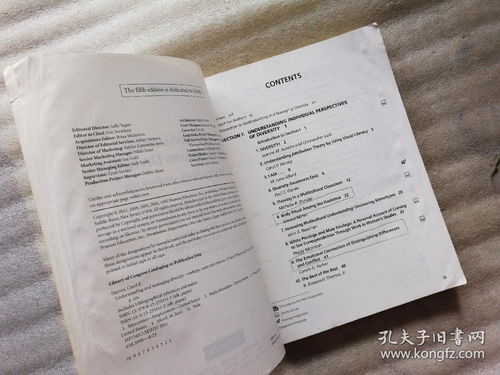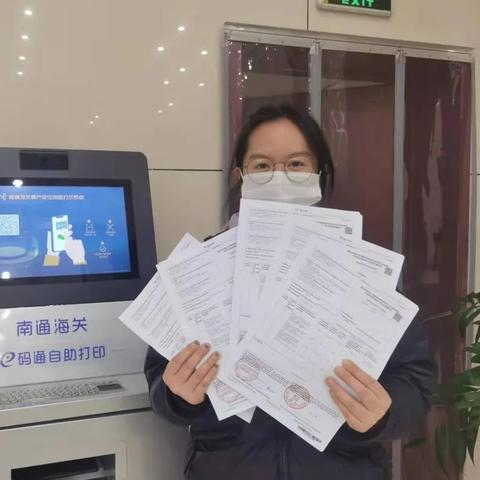Understanding and Managing Textile Color Discrepancies
: Understanding and Managing Textile Color Discrepancies,Abstract:,This study aims to explore the causes of textile color discrepancies and propose effective strategies for their management. The research methodology involves a literature review of existing studies on textile color discrepancies, followed by a case study analysis of color discrepancies in a sample of textile products. The findings suggest that factors such as dye lot variations, fabric blends, and processing techniques can contribute to color discrepancies. To address these issues, recommendations are made for improved dye lot control, use of consistent dye mixes, and adoption of standardized processing protocols. The study concludes with a discussion on the importance of understanding and managing textile color discrepancies for maintaining product quality and consumer satisfaction.
Introduction to Textile Color Discrepancies
In the world of textiles, color is one of the most critical aspects that can significantly impact the overall aesthetic appeal and practicality of a product. However, due to the complex nature of colors, it's not uncommon for differences in color between different batches or even different pieces within the same batch to occur. This phenomenon is commonly referred to as "textile color discrepancies." In this discussion, we will delve into the causes of these discrepancies, their impact on the end-user experience, and strategies for managing them effectively.
Causes of Textile Color Discrepancies
-
Variations in Light Sources Different light sources used during the dyeing process can cause variations in the color perception of the fabric. For example, direct sunlight tends to produce a more vibrant color than artificial lighting.

-
Variations in Dye Lots Each dye lot may have slight variations in color, leading to discrepancies in the final product. These variations are often unpredictable and depend on factors such as the source of the raw material, the method of dyeing, and the processing conditions.
-
Process Variations The dyeing process itself can introduce color discrepancies. The time taken for each stage of the process can vary, affecting the final shade of the fabric. Additionally, variations in temperature and humidity during the process can also affect the color consistency.
-
Quality Control Issues Poor quality control practices can lead to discrepancies in color. For instance, if the dye bath is not properly mixed or if the dyeing bath is not maintained at optimal levels, it can result in variations in color.
-
Sample Errors When comparing samples from different production batches, small errors can accumulate, leading to discrepancies in color. This can be caused by human error during sampling or by using outdated samples.
Impact of Textile Color Discrepancies
-
Consumer Satisfaction Color discrepancies can greatly affect consumer satisfaction. If a product looks different from the advertised color, it can lead to dissatisfaction and potentially loss of sales.
-
Brand Image A consistent brand image is crucial for building trust with customers. Color discrepancies can undermine this trust and damage a brand's reputation.
-
Compliance with Regulations Many industries have regulations that require uniform color standards across all products. Color discrepancies can violate these regulations and result in penalties or legal action.
-
Economic Losses Color discrepancies can lead to economic losses for the manufacturer. They may need to rework existing stock, purchase new materials, or even recall products due to color issues.
Managing Textile Color Discrepancies
-
Standardization of Processes Implementing standardized processes can help reduce color discrepancies. This includes ensuring that all dye lots are tested before use, maintaining consistent dye bath temperatures, and implementing quality control checks throughout the dyeing process.
-
Use of Monitoring Tools Utilizing colorimeter and spectrophotometer tools can help monitor and control the color consistency of the fabric. These tools can detect subtle variations in color that might otherwise go unnoticed.
-
Regular Training and Education Employees should be trained regularly on how to handle color discrepancies. This includes understanding the causes of color variations and how to address them effectively.

-
Use of Samples for Verification Using multiple samples from different production batches for verification purposes can help ensure that color discrepancies are identified and corrected before they reach the final product.
Case Study: Achieving Consistency in Textile Colors
One company that has successfully managed textile color discrepancies is Nike. Nike uses a rigorous quality control system that involves regular testing of dye lots and monitoring the color consistency of finished products. They also employ advanced colorimeter and spectrophotometer tools to ensure that every piece meets their high standards for color consistency.
Additionally, Nike takes great care to maintain a consistent dye bath temperature and pH level throughout the dyeing process. They also implement strict guidelines for sample selection and testing, ensuring that any discrepancies are quickly identified and corrected.
Conclusion
Textile color discrepancies can have significant impacts on both the consumer and the manufacturer. By understanding the causes of these discrepancies and implementing effective management strategies, businesses can improve their product quality and customer satisfaction. With careful attention to detail and ongoing improvement, textile manufacturers can achieve consistent color standards that meet the demands of today's consumers.
大家好,今天我们来聊聊纺织品色差读数的话题,色差是衡量纺织品质量的一个重要指标,对于纺织品的颜色、质地和外观有着至关重要的影响,在纺织品的生产和销售过程中,准确测量和评估色差是非常重要的,下面我们将通过一个详细的英文口语化内容,为大家详细介绍纺织品色差读数的相关知识。
色差基础知识
色差是指不同颜色之间的差异程度,通常用百分比来表示,在纺织品色差读数中,通常使用以下几种测量方法:
- 目测法:通过观察纺织品样品的不同部位的颜色,大致判断其色差。
- 仪器测量法:使用专业的色差测量仪器,如光谱仪、色差计等,进行精确测量。
纺织品色差读数实例
下面我们通过一个英文案例来说明纺织品色差读数的实际应用。
纺织品色差测量

假设我们有一批纺织品样品,需要进行色差测量,我们可以使用以下步骤进行操作:
准备测量工具
使用光谱仪或色差计等测量工具,对样品进行精确测量。
记录数据
在测量过程中,记录样品的颜色数据,包括颜色分布、色调等信息,也可以记录不同部位的颜色差异百分比。
色差读数表格说明
下面是一个纺织品色差读数的表格说明,以便更好地理解相关数据和概念:
色差读数表格示例:
| 样品编号 | 颜色分布 | 色差百分比 | 部位一 | 部位二 |
|---|---|---|---|---|
| A样品 | 红色区域为主,黄色区域为辅 | X% | 上衣袖口 | 下摆 |
| B样品 | 绿色色调明显,紫色纹理清晰 | Y% | 衬衫领口 | 前襟 |
在这个例子中,我们可以通过观察样品的不同部位的颜色分布和色差百分比来评估样品的色差情况,我们也可以使用这个表格来记录测量数据和相关信息。
纺织品色差读数注意事项
在进行纺织品色差读数时,需要注意以下几点:
- 选择合适的测量方法:根据样品的具体情况和需求,选择合适的测量方法,对于不同的纺织品材料和颜色,可能需要采用不同的测量方法。
- 保持测量环境的准确性:在测量过程中,需要保持测量环境的准确性,避免外界因素对测量结果的影响,光线、温度等因素都可能对测量结果产生影响。
- 注意记录数据:在记录数据时,需要注意记录准确、详细的信息和数据格式,以便更好地理解和分析测量结果。
纺织品色差读数是衡量纺织品质量的重要指标之一,通过掌握纺织品色差读数的相关知识,我们可以更好地了解纺织品的质量和外观情况,在实际操作中,我们需要选择合适的测量方法,保持测量环境的准确性,并注意记录数据,我们也需要不断学习和掌握新的测量技术和方法,以提高纺织品色差测量的准确性和可靠性。
Articles related to the knowledge points of this article:
The Story of Dongguan Shunshun Textiles
Teaching Textile Craftsmanship in a Classroom Setting
Exploring the Rich Tapestry of Tanzanian Textiles:A Global Perspective


